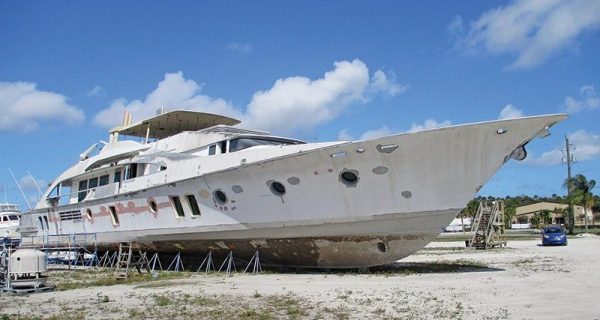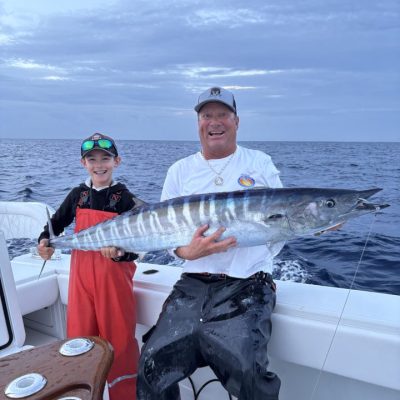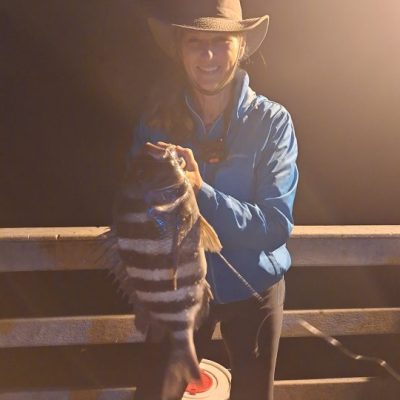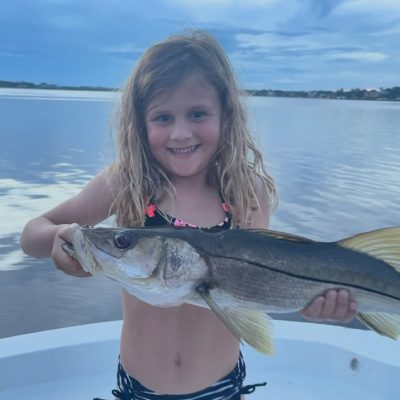Conservation
Environmental and waterway news.
Latest in Conservation
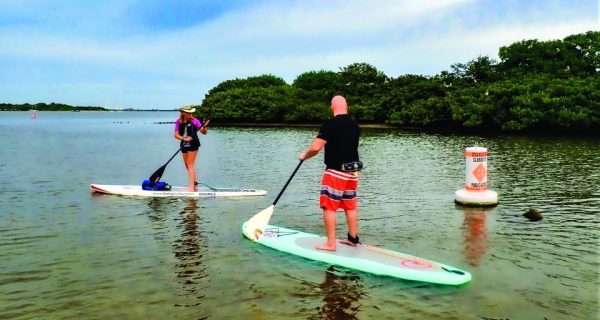
Bird Island
By: Mike Hammond A few months ago, the owner of Kayak Excursions, Stefan Kuenzel, contacted Keep Lee County Beautiful to …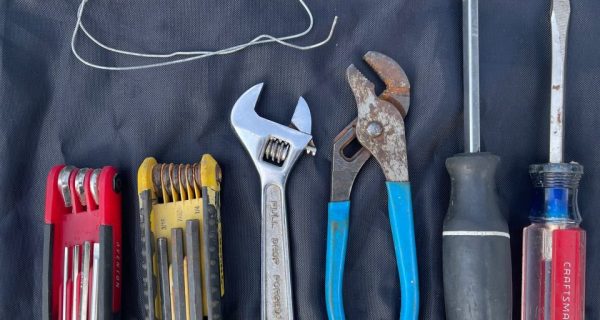
Paddlin and Fishin
By: Dan Carns Gone are the days of a simple plastic kayak with a fixed seat and paddle and no …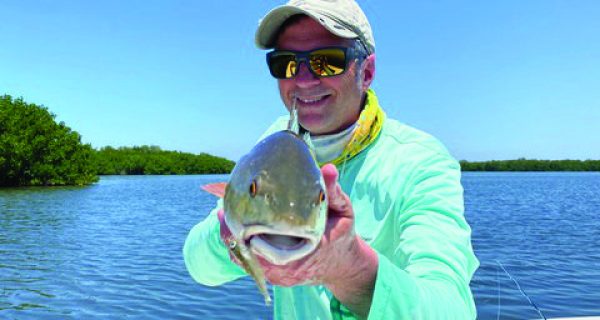
As The Water Temp Warms
By: Capt. Mike Manis For many, this could simply be an extension of May. If the tarpon are abundant, it’s …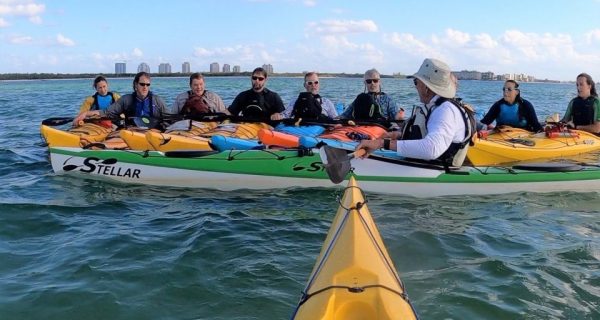
You Don’t Know What You Don’t Know
By: Mike Hammond As more and more people are returning to the outdoors for recreation, kayak fishing is one of …
Report Horseshoe Crab Sightings to FWC for Science
House Bill 349 is a so-called “seagrass mitigation bill” which in practice further opens the door to more seagrass decline in the Indian River Lagoon. If passed into law, it gives coastal developers a big fat hall pass to continue doing business as usual, seagrass be damned.